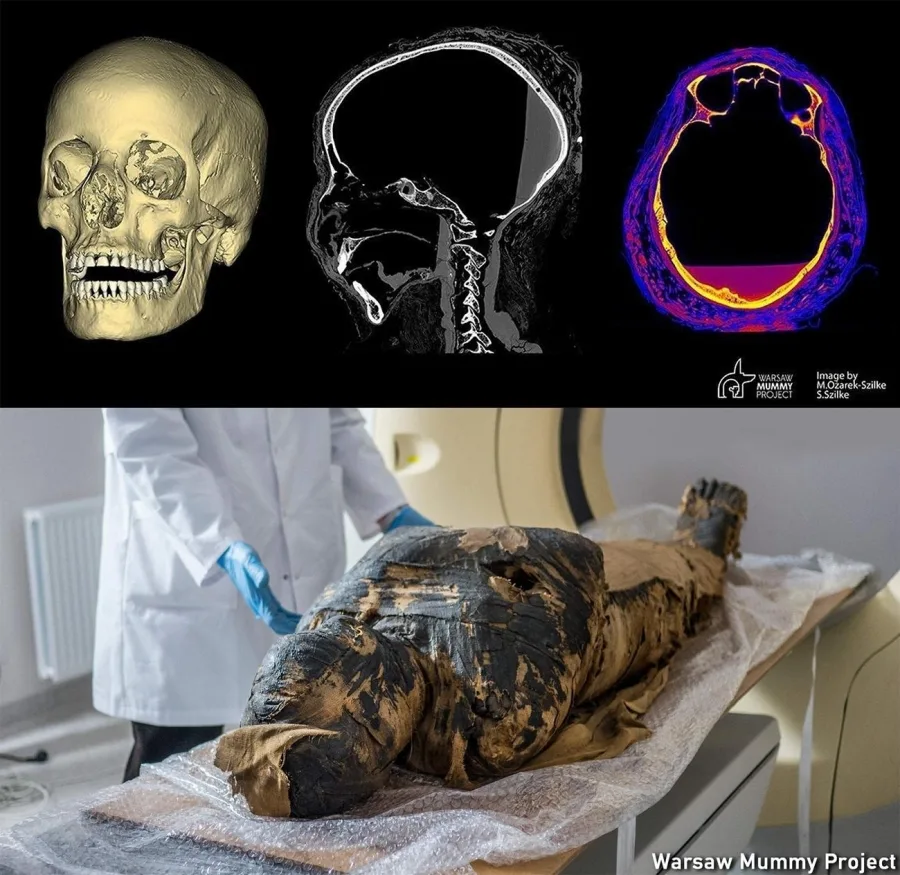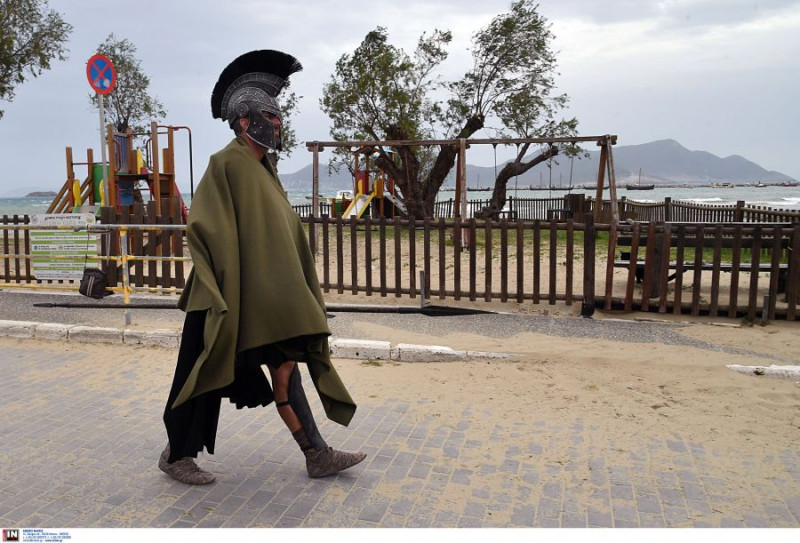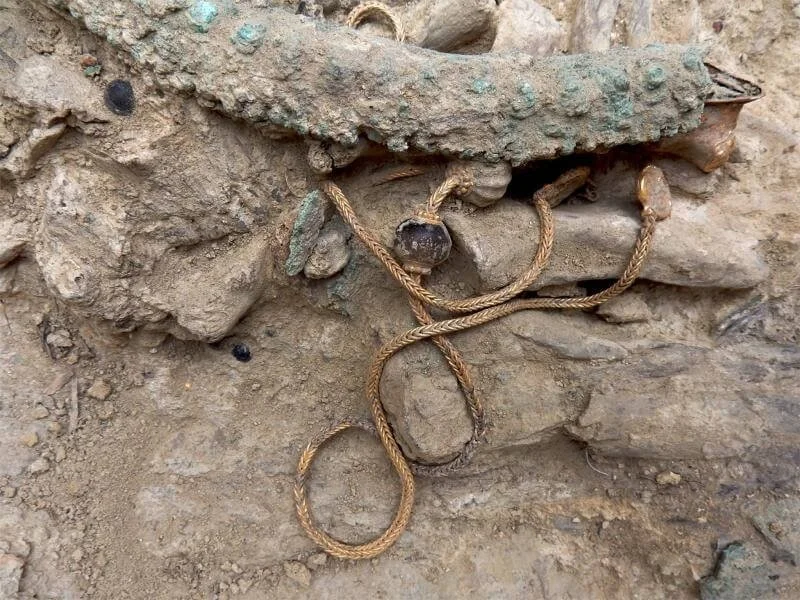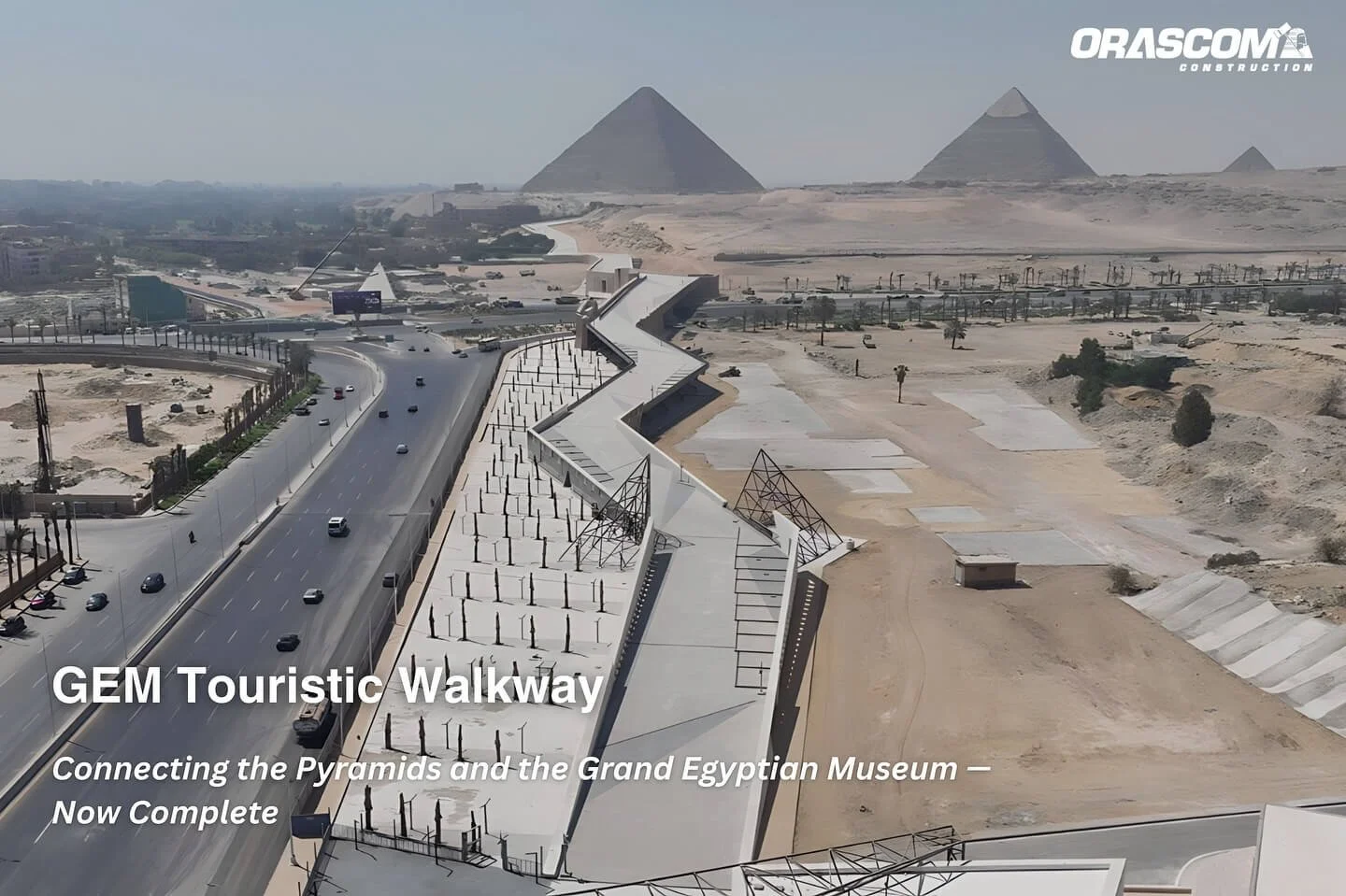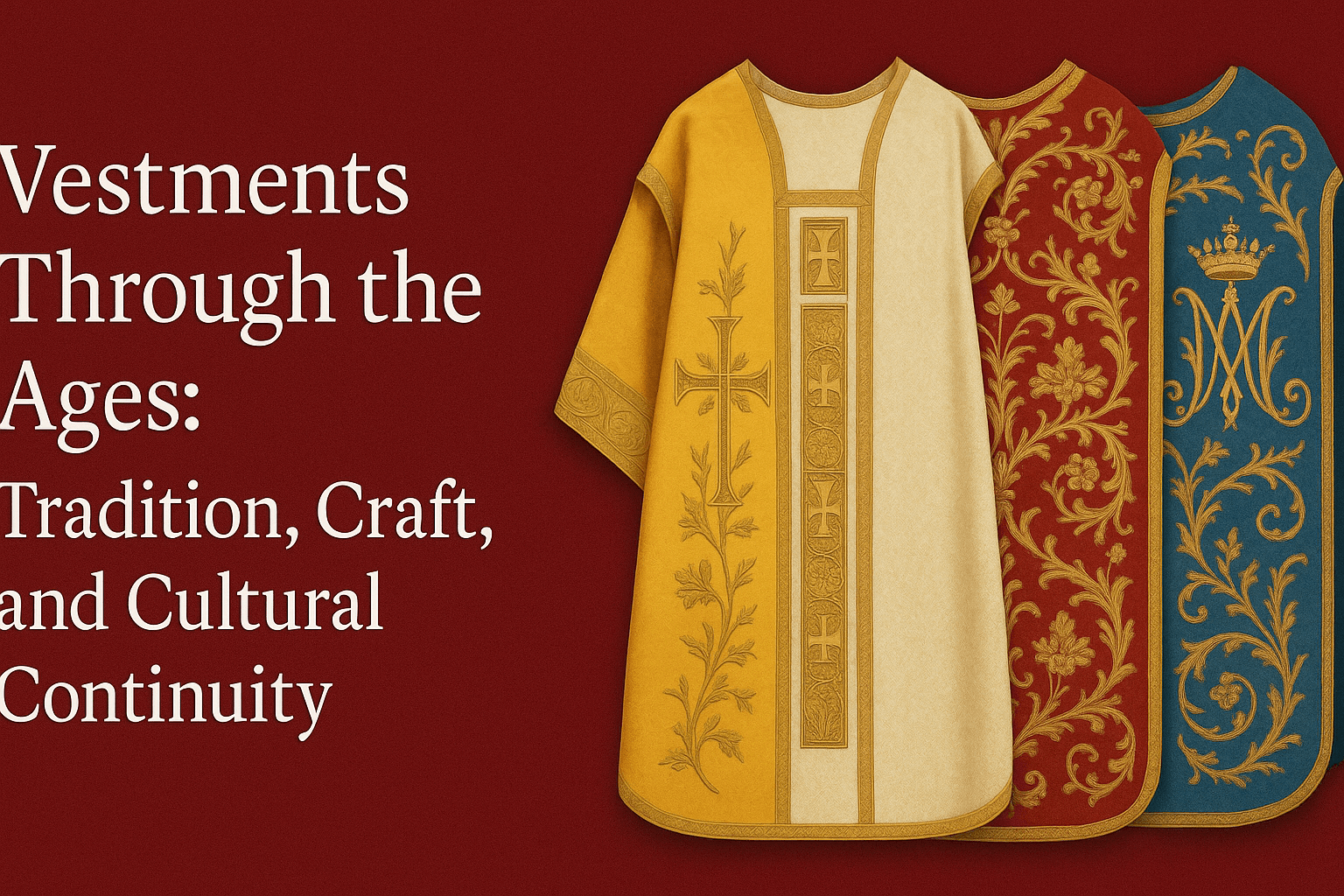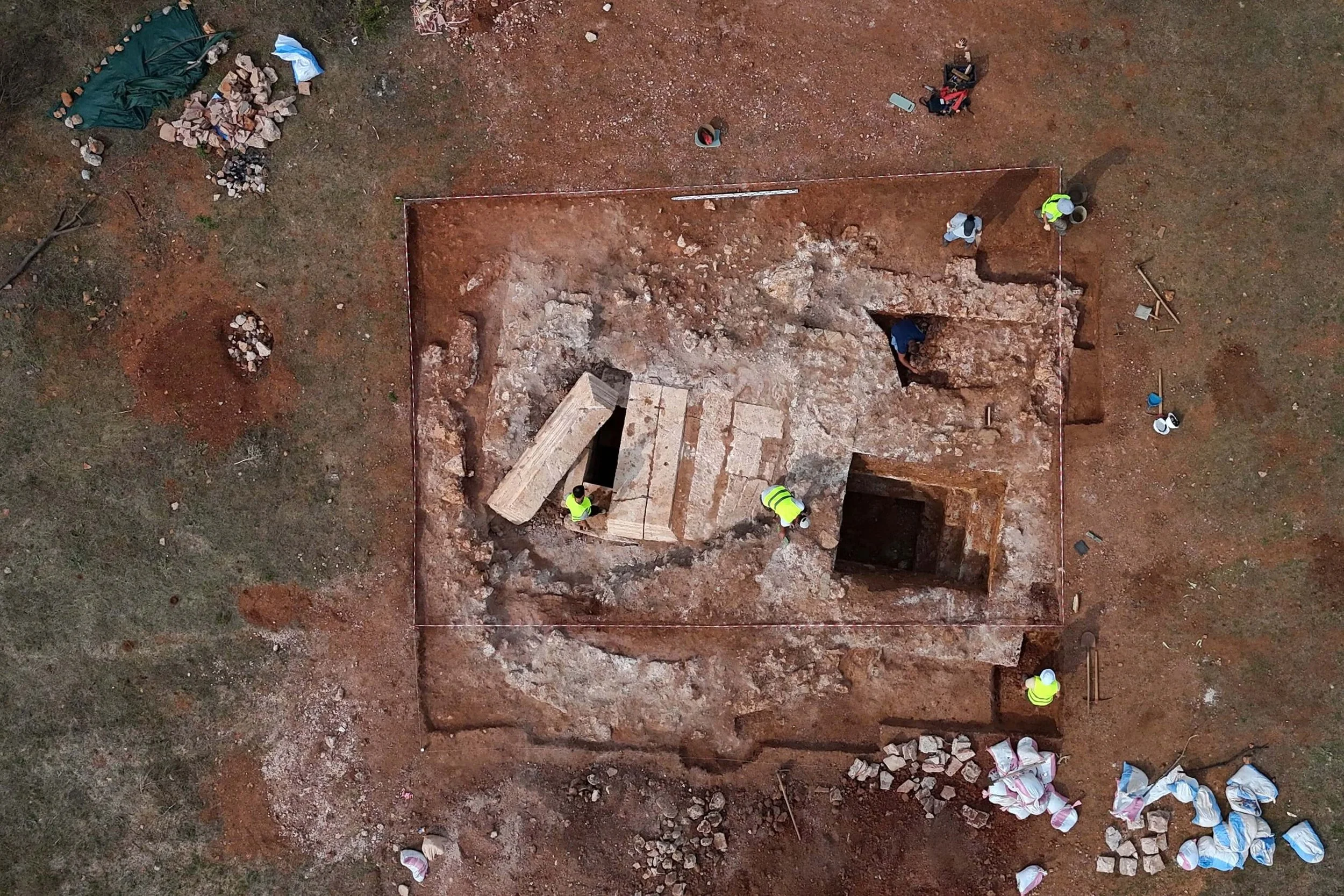Introduction
Ancient West Africa was a land of immense wealth and cultural richness, much of which stemmed from its thriving gold trade. Gold not only shaped the region's economy but also influenced its political landscapes, societal structures, and transcontinental relations. This article delves into the historical significance of gold in ancient West Africa, the trade networks that emerged, and the broader impact on the region and beyond.
Geological Abundance and Early Exploitation
West Africa is endowed with vast gold deposits, particularly in areas around present-day Ghana, Mali, and Senegal. Archaeological evidence suggests that gold mining in the region dates back to at least the first millennium BCE. Early societies in the region developed techniques to extract gold from riverbeds and shallow deposits, laying the groundwork for an extensive trade system.
The Rise of Trade Networks
The emergence of trans-Saharan trade routes in the first millennium CE catalyzed the growth of gold trade. Berber and Arab traders crossed the harsh Sahara Desert, linking West African gold producers with North African and Mediterranean markets. Key trade centers such as Timbuktu, Gao, and Djenné flourished as hubs where goods, ideas, and cultures intermingled.
Caravans transported not only gold but also other goods such as salt, ivory, and kola nuts. In return, West African traders acquired textiles, horses, and luxury items, enriching local economies and facilitating cultural exchanges.
Political Power and Wealth
Control over gold resources became synonymous with political power. The ancient empires of Ghana (circa 300 to 1200 CE), Mali (circa 1235 to 1600 CE), and Songhai (circa 1430 to 1591 CE) rose to prominence largely due to their dominance over gold-producing regions and trade routes. Rulers amassed immense wealth, which they used to build vast armies, fund monumental architecture, and patronize learning and religion.
Perhaps the most iconic figure associated with this era is Mansa Musa, the 14th-century ruler of Mali. His legendary pilgrimage to Mecca in 1324 showcased the region's wealth to the broader Islamic world. Musa's caravan, laden with gold, reportedly caused economic disruption due to the sheer amount of gold introduced into Middle Eastern markets.
Cultural and Economic Impact
The wealth generated from gold trade fueled artistic and intellectual achievements. Lavish adornments, intricate jewelry, and gold leaf decorations became symbols of status and power. Furthermore, West African gold played a crucial role in minting currency and financing trade in Mediterranean and European markets.
The gold trade also fostered the spread of Islam, as traders and scholars from North Africa brought religious teachings along with their goods. Mosques, madrasas, and centers of learning flourished, leaving an enduring legacy of scholarship and architectural grandeur.
Decline and Legacy
By the late 16th century, shifting trade routes and the rise of Atlantic commerce diminished the prominence of trans-Saharan trade. European maritime powers began to exploit coastal routes, bypassing traditional inland trade networks.
Nonetheless, the legacy of West Africa's gold trade endures. The wealth and cultural achievements of ancient West African societies continue to captivate historians and archaeologists, offering profound insights into the complexity and interconnectedness of ancient global trade.
Conclusion
The gold trade in ancient West Africa was far more than an economic activity; it was a transformative force that shaped empires, societies, and global connections. The legacy of this golden age persists, illuminating the profound impact that West African civilizations had on the ancient world.
From the depths of riverbeds to the heights of imperial courts, gold was more than mere metal — it was the lifeblood of a rich and enduring legacy.










